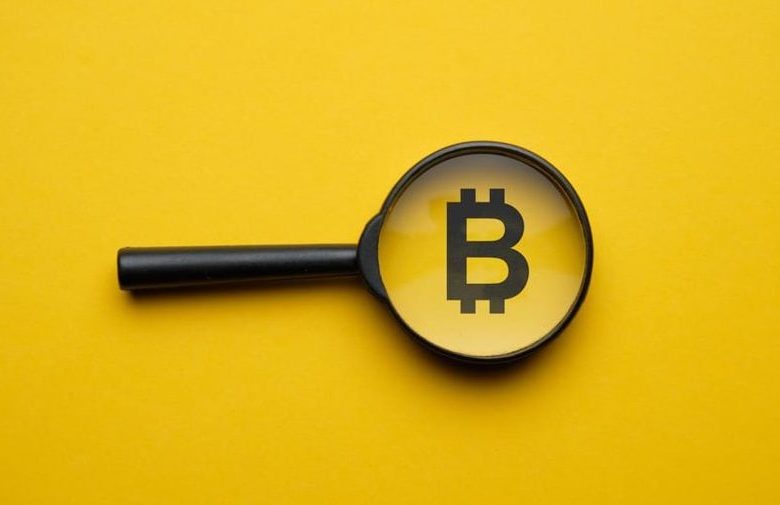Theory of Bitcoin Tackles White Paper

“ Theory of Bitcoin ” the educational series that delves into the ins and outs of the pioneer digital currency through conversations between Bitcoin creator Satoshi Nakamoto, otherwise known as nChain Chief Scientist Dr. Craig S. Wright, and Engineering Head of tokenization entity smart wallet at The Bayesian Group and Money Button founder Ryan X. Charles, tackles the Bitcoin white paper sentence by sentence.
The first episode features an in-depth discussion on the Bitcoin white paper’s title and abstract, providing viewers with explanations and clarifications about key terms and phrases that were misconstrued over the years, and even some inside stories about bank transfers and gold reserve audits. The video started with Dr. Wright defining what “cash” is in the phrase “electronic cash system” from the title “Bitcoin: A Peer-to-peer Electronic Cash System.”
“Cash is something that is purely yours. When you put money into a bank, you no longer have cash at all. What you have is debt. The bank owes you that money. So, your account is actually a debt owed by the bank,” Dr. Wright explained.
Here, Dr. Wright delineates between physical cash that one can hold and own, which according to him creates a more final transaction and the electronic cash that banks offer that is actually a debt owed to you by the bank. In this sense, you do not have actual possession of electronic cash, and it can also disappear for a period of time if a financial institution declares bankruptcy.
Bitcoin, on the other hand, has the best of both worlds as it exists electronically and can be purely owned without having someone else hold it for you and create final transactions just like physical cash.
The discussion then goes in the direction of the problematic banking system. Even if this is the case, however, Dr. Wright states that the electronic cash system proposed in the Bitcoin white paper was not designed to replace or control banks. In fact, central banks are “useful in many ways” and are essential to the economy. The banking system, however, can be improved by gaining the transparency that Bitcoin has through its use of blockchain technology.
“One way Bitcoin could help with this is by being a sort of “digital gold,” and so, therefore, we’ve got this reliable store underneath the central banks because they’re storing Bitcoin rather than something else such as gold. There’s a completely different perspective, which would be something like we could use Bitcoin as the immutable audit log of the banking system, and create things like transparency, accountability, auditability inside the banking system,” Charles clarified.
Dr. Wright agreed to both these views and added that the crucial difference between gold and Bitcoin is that everyone knows how much Bitcoin has in existence, while no one really knows exactly how much gold there is. Moreover, it is highly expensive and extremely difficult to audit gold, while Bitcoin is easily verifiable. It is, therefore, a huge misconception that Bitcoin is anti-bank because its real intention is to improve the banking system by creating transparency and accountability.
Subscribe to the Theory of Bitcoin YouTube channel to watch more episodes.



